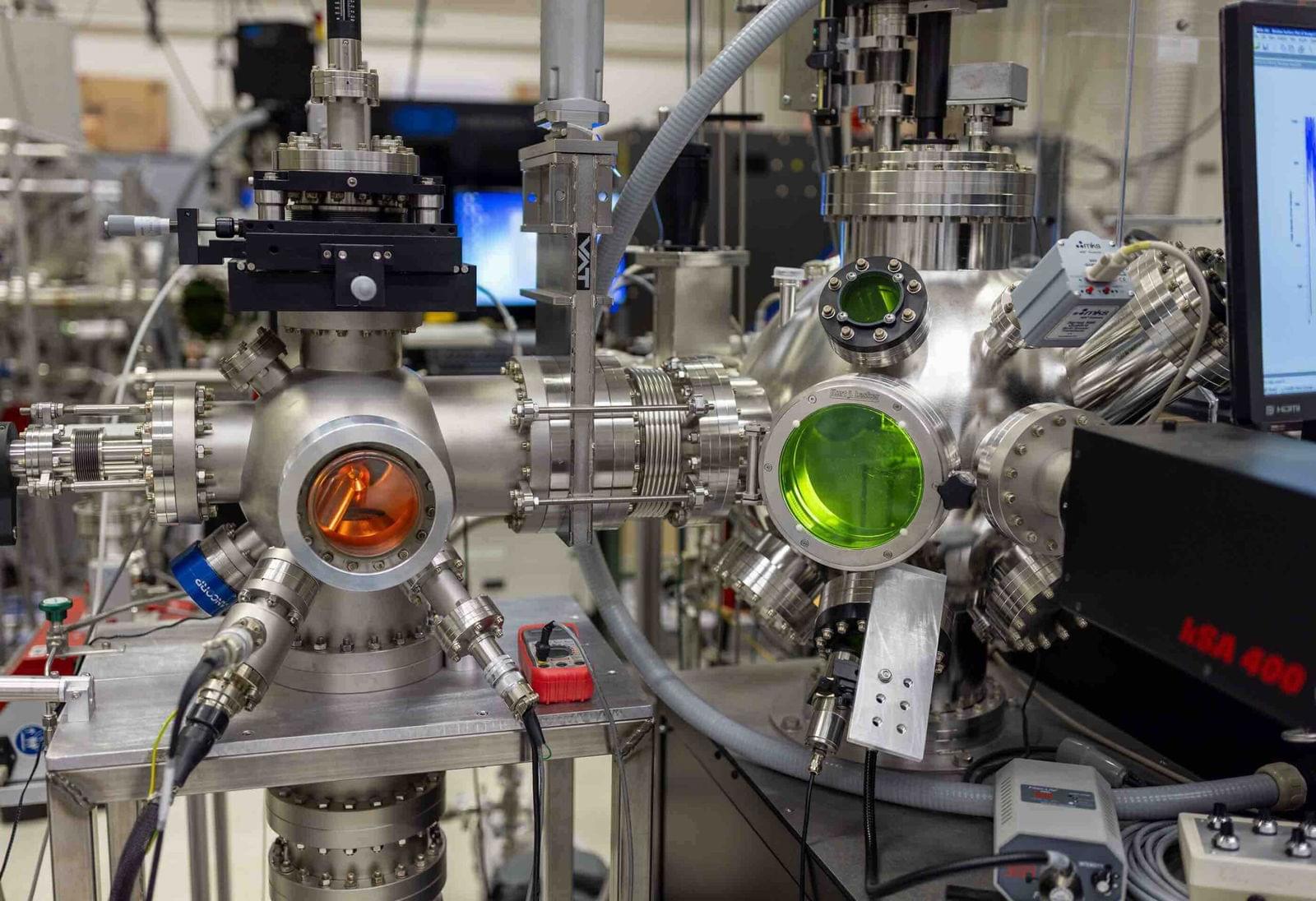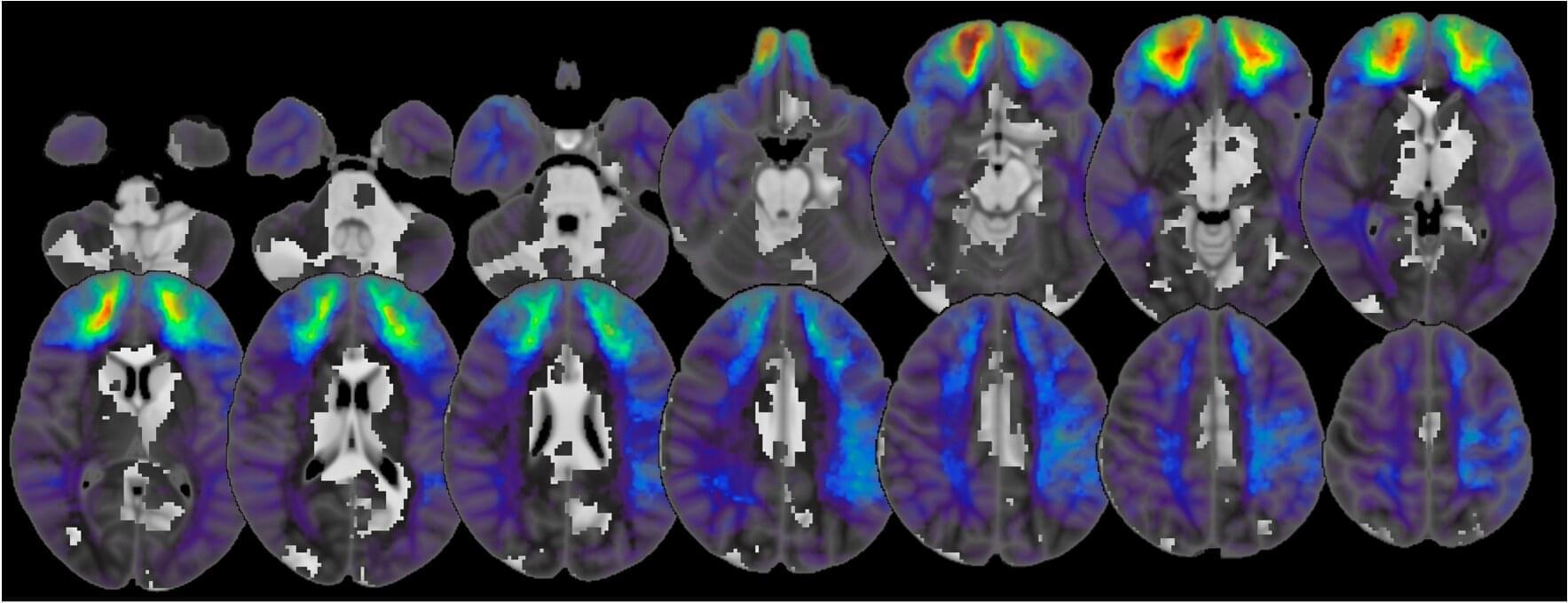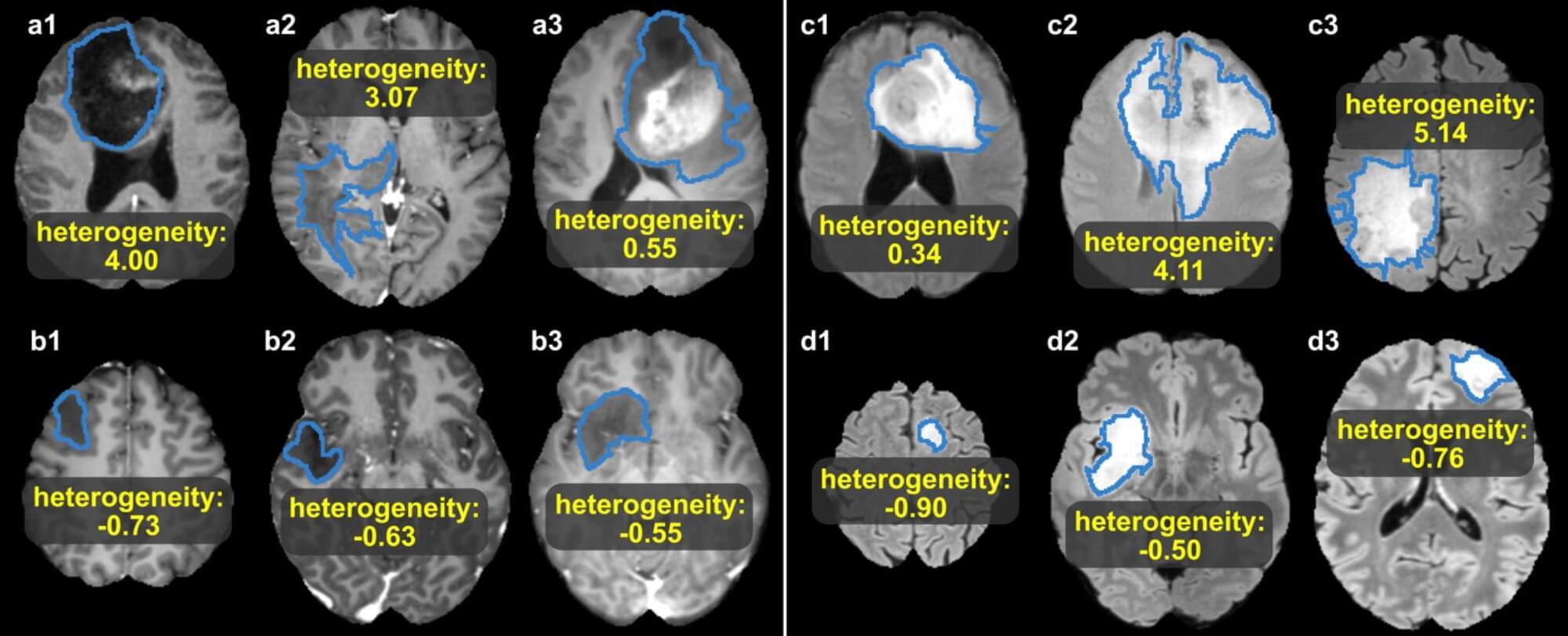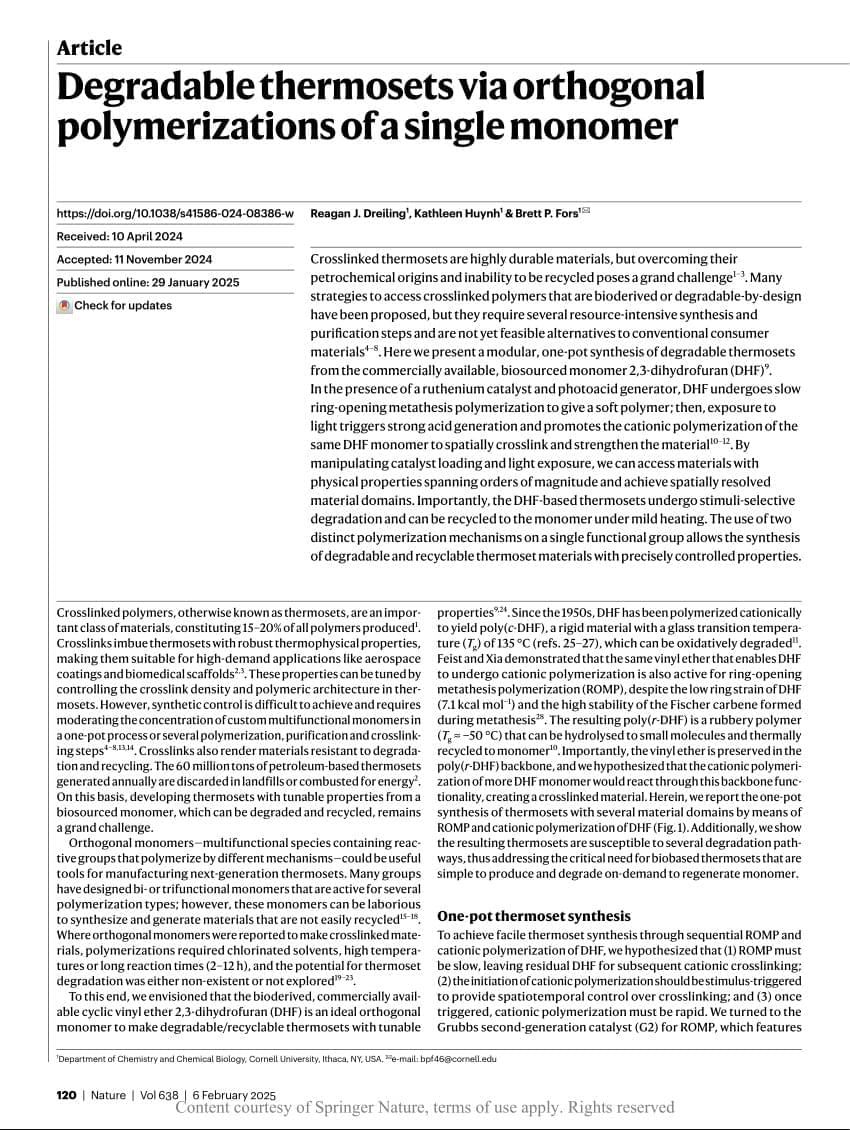An impossible quantum structure has now been fabricated, potentially leading the way to new developments in quantum computing.



Neurons are specialized brain cells responsible for transmitting signals throughout the body. For a long time, scientists believed that once neurons develop from stem cells into a specific subtype, their identity remains fixed, regardless of changes in their surrounding environment.
However, new research from the Braingeneers, a collaborative team of scientists from UC Santa Cruz and UC San Francisco, challenges this long-held belief.
In a study published in iScience, the Braingeneers report that neuronal subtype identity may be more flexible than previously thought. The team used cerebral organoids, 3D models of brain tissue, to investigate how neurons develop and adapt. Their findings offer new insights into how different neuron subtypes influence brain function and may play a role in neurodevelopmental disorders.
In answer, the team needed to develop an affordable catalyst that could improve the salty electrode. For reference, when batteries operate, ions move between the anode and cathode through the electrolyte, per a U.S. Department of Energy description.
This is where wood waste and urine enter the lab, replacing platinum as a catalyst. The UNIST creation facilitates effective electrochemical reactions and quick discharges. The experts used lignin, abundant in wood and used to make paper and biofuels, in combination with urea. Urea is a nitrogen-rich substance found in wastewater, UNIST reported.
“Conventional electrocatalysts, primarily noble metals, are scarce and expensive. In this context, carbon materials derived from biowaste have garnered considerable attention,” according to the abstract.


People diagnosed with various mental health disorders can sometimes start engaging in intense political behavior, such as violent protests, civil disobedience and the aggressive expression of political views. So far, however, the link between political behavior and the brain has been rarely explored, as it was not viewed as central to the understanding of mental health disorders.
Researchers at Harvard Medical School, Stanford University School of Medicine and Northwestern University Feinberg School of Medicine recently carried out a study investigating the neural underpinnings of political behavior. Their findings, published in Brain, unveil the existence of a brain circuit that is associated with the intensity of people’s political involvement, irrespective of their ideology or party affiliation.
“This paper started out as a collaborative effort that focused on learning how to help people better come together and thrive, alongside Stephanie Balters at Stanford,” Shan H. Siddiqi, first author of the paper, told Phys.org.
Gemini Plays Pokemon (early prototype) — Hello Darkness, My Old Friend |!faq!badges!choppy

Purpose Adult patients with diffuse lower-grade gliomas (dLGG) show heterogeneous survival outcomes, complicating postoperative treatment planning. Treating all patients early increases the risk of long-term side effects, while delayed treatment may lead to impaired survival. Refinement of prognostic models could optimize timing of treatment. Conventional radiological features are prognostic in dLGG, but MRI could carry more prognostic information. This study aimed to investigate MRI-based radiomics survival models and compare them with clinical models. Methods Two clinical survival models were created: a preoperative model (tumor volume) and a full clinical model (tumor volume, extent of resection, tumor subtype). Radiomics features were extracted from preoperative MRI. The dataset was divided into training set and unseen test set (70:30). Model performance was evaluated on test set with Uno’s concordance index (c-index). Risk groups were created by the best performing model’s predictions. Results 207 patients with mutated IDH (mIDH) dLGG were included. The preoperative clinical, full clinical and radiomics models showed c-indexes of 0.70, 0.71 and 0.75 respectively on test set for overall survival. The radiomics model included four features of tumor diameter and tumor heterogeneity. The combined full clinical and radiomics model showed best performance with c-index = 0.79. The survival difference between high- and low-risk patients according to the combined model was both statistically significant and clinically relevant. Conclusion Radiomics can capture quantitative prognostic information in patients with dLGG. Combined models show promise of synergetic effects and should be studied further in astrocytoma and oligodendroglioma patients separately for optimal modelling of individual risks.

Kawasaki Unveils Japan’s Future of Transport | #breakingnews #Robotics.
🚨 Japan’s Kawasaki has unveiled a groundbreaking concept robot called CORLEO that could revolutionize future transport.
🔹 Designed to resemble a lion for navigating rough and mountainous terrains.
🔹 Powered by a hydrogen engine—eco-friendly innovation.
🔹 Controlled by shifting body weight, similar to horseback riding.
🔹 A bold step into the future of personal robotic transport.
📢 Keywords:
Kawasaki CORLEO robot, Japan transport robot, hydrogen-powered robot, robotic lion vehicle, futuristic mobility, mountain transport robot, robotics innovation Japan.
📢 Hashtags:
#ThriveNews #Japan #Robotics #Kawasaki #CORLEO #FutureTransport #Innovation #TechNews #HydrogenPower
Johns Hopkins APL researchers have leveraged cutting-edge additive manufacturing techniques and shape memory alloys to create an antenna that can change its shape — and offers a range of potential commercial, military and scientific applications.